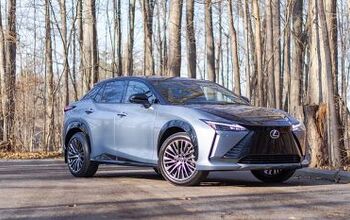Audi Details New 48-Volt Electrical System

Audi has released some details on its future electrical system.
Earlier this year when the company revealed its RS5 TDI concept, it also announced that it is testing a 48-volt electrical system that would enhance the standard 12-volt system. The 48-volt system is also being tested in the A6 TDI concept and consists of a compact lithium-ion battery providing 48 volts as well as powering a compressor that operates independently from the engine. In essence, the system makes the drivetrain a mild hybrid but also makes it capable of utilizing an electric turbocharger.
SEE ALSO: Audi SQ7 to Use Electric Turbo Technology
The German automaker also shared that the system will help improve start-stop technology by offering more ways to control the engine while providing power to secondary systems when the engine is in the off phase. The larger electrical system will also serve as the main source of energy for all of Audi’s dynamic chassis technologies including Dynamic Roll Control. Ultimately, the system will also help enhance fuel economy helping save a gallon of gas every 600 miles or so.
GALLERY: Audi RS5 TDI Concept
Discuss this story at our Audi forum

Jason Siu began his career in automotive journalism in 2003 with Modified Magazine, a property previously held by VerticalScope. As the West Coast Editor, he played a pivotal role while also extending his expertise to Modified Luxury & Exotics and Modified Mustangs. Beyond his editorial work, Jason authored two notable Cartech books. His tenure at AutoGuide.com saw him immersed in the daily news cycle, yet his passion for hands-on evaluation led him to focus on testing and product reviews, offering well-rounded recommendations to AutoGuide readers. Currently, as the Content Director for VerticalScope, Jason spearheads the content strategy for an array of online publications, a role that has him at the helm of ensuring quality and consistency across the board.
More by Jason Siu
































Comments
Join the conversation